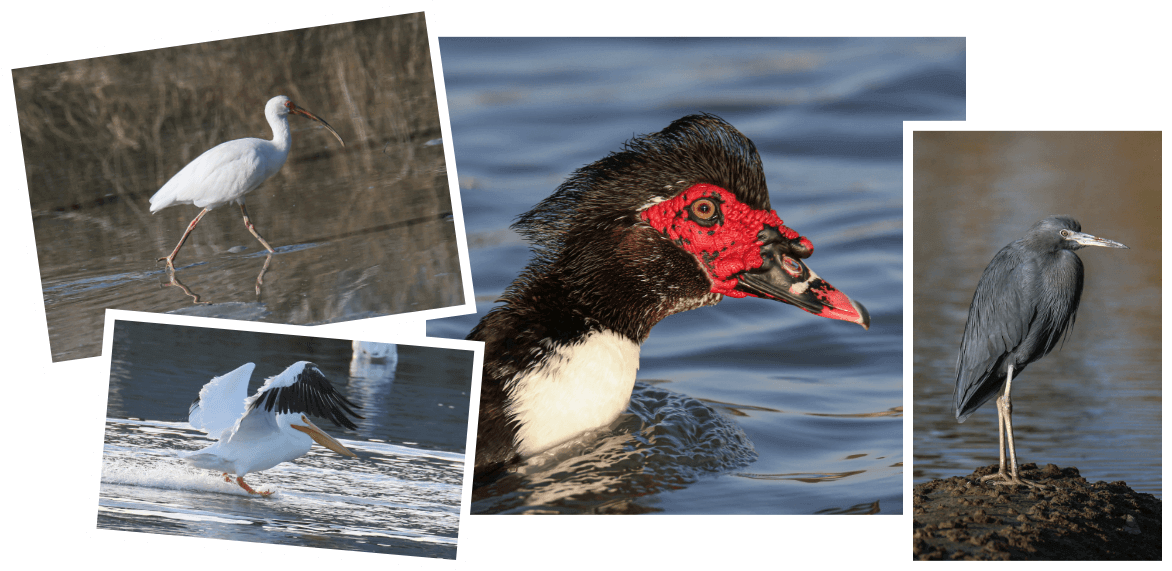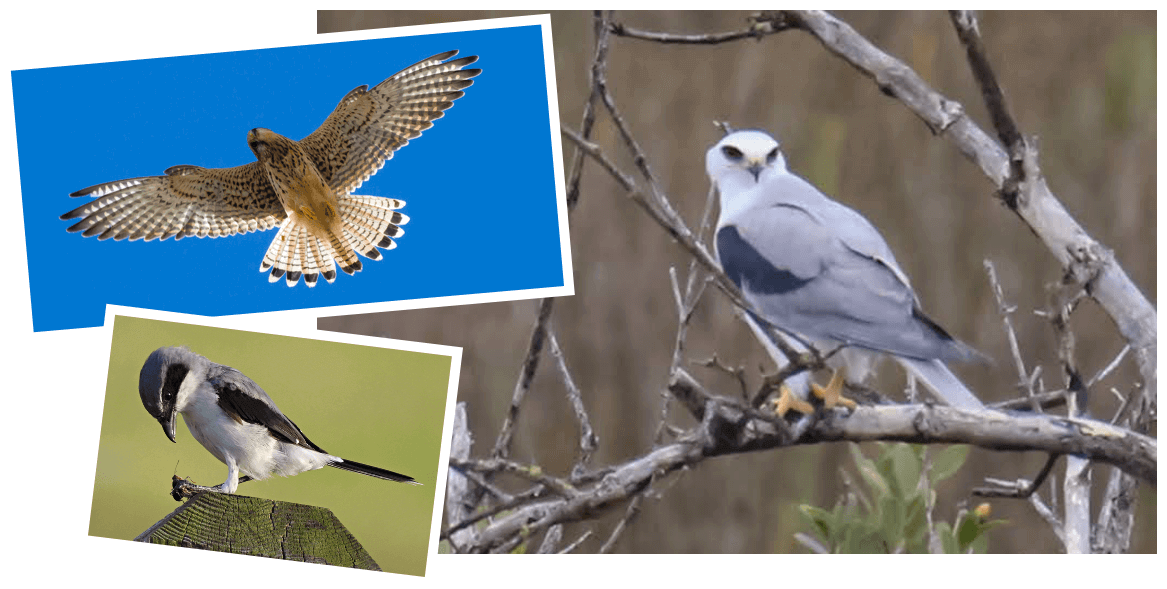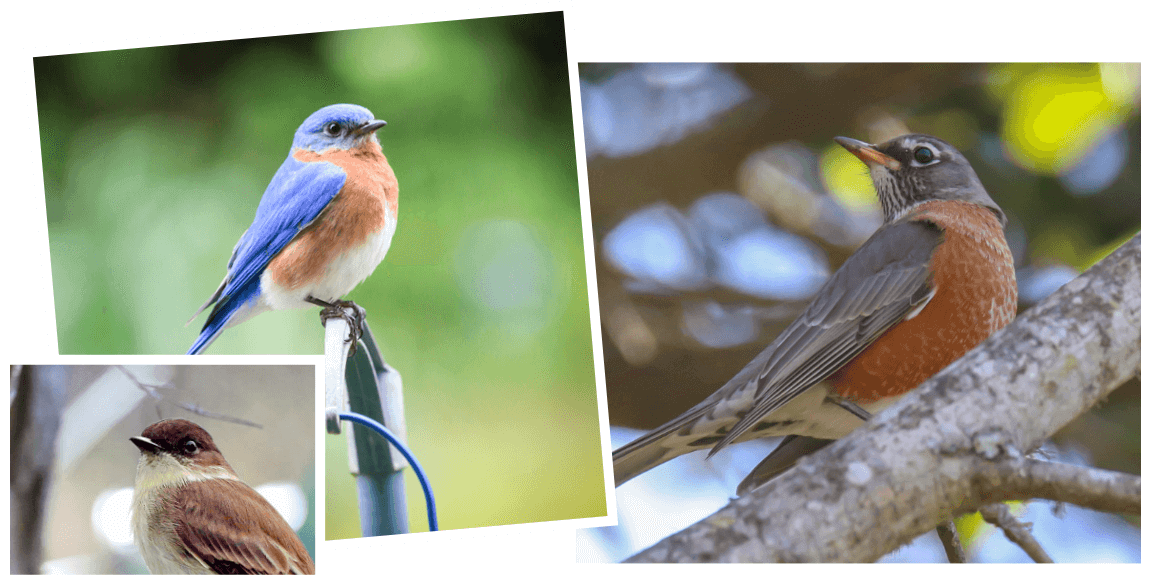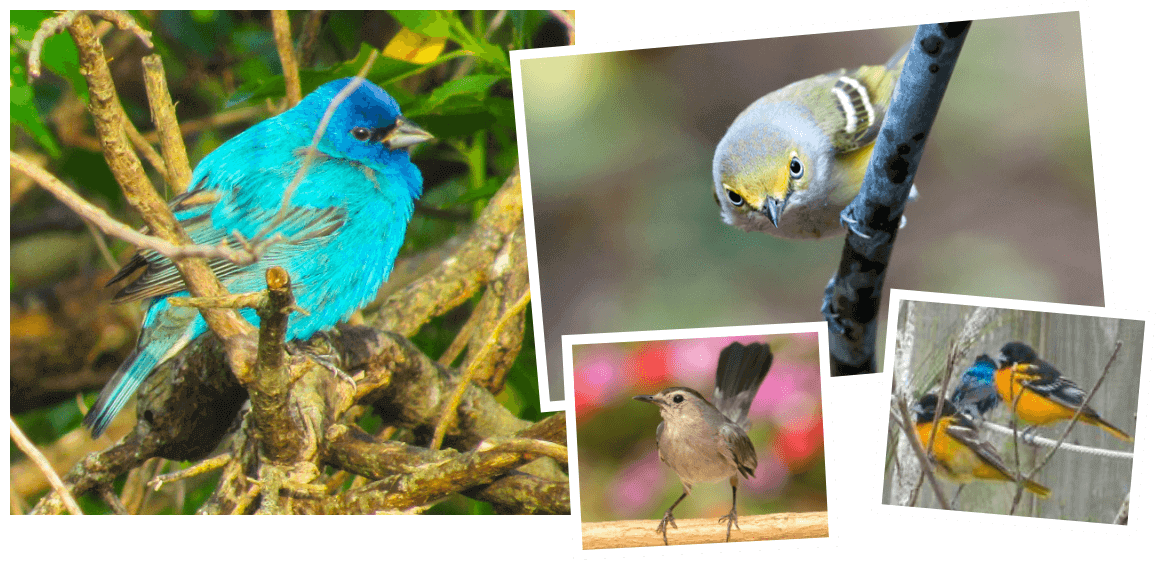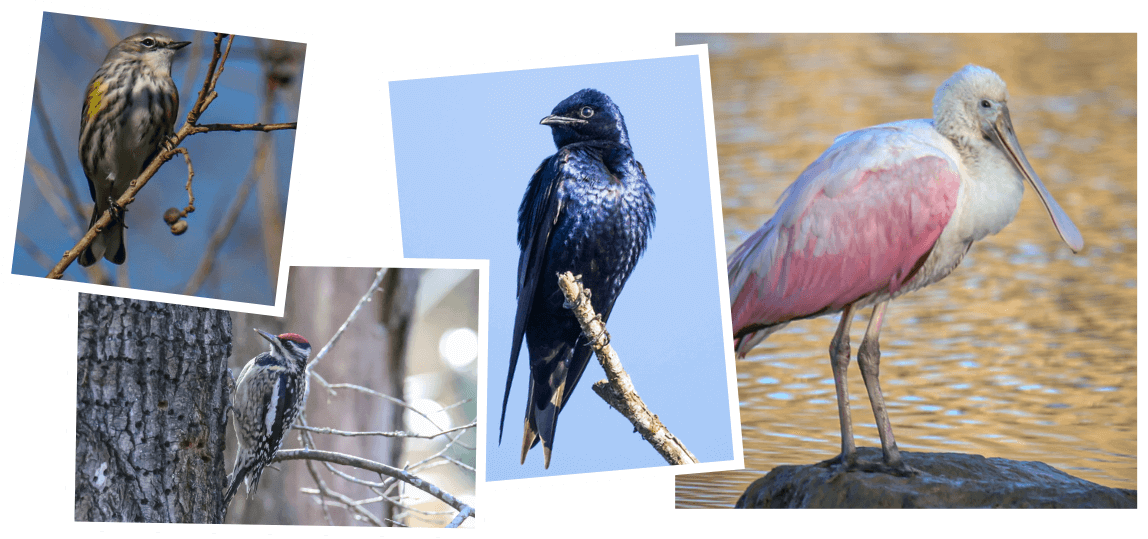
Birdwatches in the Bay:
Why Bay Area Houston is a Birders’ Paradise

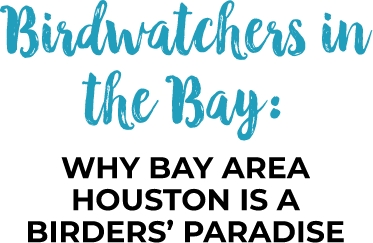
There’s a reason Bay Area Houston draws birders from across the US and the globe, and it’s the sheer number of species, types of birds, and wide-ranging habitats you’ll find here. Nestled into the Great Texas Coastal Birding Trail, which links 308 prime birding sites along the Lone Star Coast, Bay Area Houston is part of the Upper Texas Coast region of the trail system, and its sites are unmissable birding destinations. Whether you’re in search of new species for your list or blissful hours watching bird behavior, Bay Area Houston has everything new and lifelong birders could desire—and more!

Not Just for the Birds, It’s for the Birders
Birders can pick from a variety of diverse ecosystems on one trip, from bayous to the bay, woodlands to wetlands, creeks and coastal shores to high grass prairies. With such a wealth of habitats to choose from, the number of feathered species that call the area home or make migratory stops in Texas is awe-inspiring—nearly 650! Whatever you’re seeking, you’re bound to see some of your most-desired birds: seabirds and wading birds, waterfowl and shorebirds, woodland birds and colorful songbirds chirping away in the trees.
The array of wildlife refuges, parks, and nature centers in this area can’t be beat. The Upper Texas Coast (UTC) portion of the Great Texas Coastal Birding Trail hosts 15 trail “loops” with their own distinct birding sites, all helpfully labeled with UTC numbers. Bay Area Houston is part of the Clear Lake Loop, which encompasses 16 excellent UTC sites and a wide range of habitats. Clear Lake Loop Birding Spots include parks and nature trails, birdwatching platforms, and wildlife refuges that span wetland, forest, prairie and marsh habitats. While many lifelong birders return year after year to the Clear Lake Loop, this area is also perfect for beginners.
Spring and fall migration seasons bring birds and birders on annual pilgrimages. Houston’s Bay Area is on both the Central and Mississippi Flyways, two of the major North American migratory paths, so it’s a true birding hotspot. During peak spring migration periods, over 1.3 million birds have been counted in the area!

Picking Your Perches: Birding Hotspots in Bay Area Houston
So, which spots are must-sees on your expedition? There are nearly as many ways to bird here as birds to see. No matter your age, experience, or fitness level, or whether you enjoy ten minutes or ten hours of viewing per excursion, you’ll have your pick of highly accessible paved or maintained trails, guided tours, boat tours, and more. The right way to bird in Bay Area Houston is any way you want!
One gem-like spot on the Clear Creek Loop is the Dr. Ned & Fay Dudney Clear Creek Nature Center. Here, paved and well-maintained trails and bird blinds offer convenient spots for observing in coastal prairie, saltmarsh, and flatwood wetland habitats.
As an alternative or after wandering the trails, try birding by boat! Clear Creek Kayak’s guided tours are a great way to explore riparian habitats along the 5.5-mile Clear Creek Paddle Trail. You can also choose to rent kayaks yourself, and parks along the trail have picnicking stops where you can rest and recharge.
Nearby, the Armand Bayou Nature Center is one of the top US birding destinations. Trails throughout the park provide access to prairie, wetland, marsh, and woodland ecosystems. In addition to forest and grassland species, you’ll likely see kingfishers, osprey and herons, anhinga, gulls and terns on the bayou from the Nature Center trail. To birdwatch in style, book a morning or evening pontoon boat cruise on weekends. Even the highly endangered whooping crane is occasionally spotted here!
At the Seabrook Wildlife Refuge and Park, you’ll follow a perimeter trail along open fields and into serene, dappled forests. Seabrook borders Galveston Bay, and the extensive Seabrook Trails System is well-maintained and connects several UTC-numbered birding hotspots, including the Seabrook Wildlife Refuge, Pine Gully Park, Robinson Park, and Hester Garden Park. These trails provide a great way to view marsh, shoreline, riparian forest, and prairie.
For more wetland viewing, the Nassau Bay Wildlife Peninsula Trail winds through the park’s 76-acres. The trail features benches, informative signs, and great opportunities to see wading birds, waterfowl, and seabirds. (Incidentally, if you’ve brought non-birders on your travels, Space Center Houston is only minutes away.)

Events that are Truly for the Birds
The Audubon Society’s own website remarks, “Want to experience some of the most exciting spring migration in the country? Be on the Upper Texas Coast in April . . . When the timing is right, you’ll find trees filled with colorful congregations of warblers, orioles, tanagers, and buntings.” Luckily, Bay Area Houston isn’t just filled with excellent birding sites, its calendar is packed with events for migratory birders. It’s no wonder Houston Audubon holds their monthly bird surveys at Seabrook’s Pine Gully Park.
If you’re here pre-spring-migration, try signing up for “Spring Migration in the Bay Area—A Walk and a Talk with Kristine,” held on Saturdays, January – March, throughout the Bay Area. Kristine Rivers is a Texas Master Naturalist who leads on-location birding classes and tours throughout the year as well as Zoom classes on birding basics, from binoculars to field guides to bird behavior.
During April and May, bird-counters of every age and level flock from across the nation for the Great Texas Birding Classic to view as many birds as they can at the peak of the spring migration. This is competitive birding at its most exciting! Held from daylight to dusk, the Bay Area Big Sit is our team’s 24-hour local slice of this event, and you can choose when to attend.
If you’re planning a fall trip, we’ve got events for you, too. League City is a hotspot for fall migration viewing, with a schedule of birding walks and classes from August through December. Try a virtual Birdwatching for Beginners class, an in-person class on Next-Level Birding, or a guided Bird Walk. (You can also get a birding bag containing a local guide and other goodies!)
While it’s great place for year-round observing, Armand Bayou Nature Center bird counts let visitors of any experience level lengthen their lists and help track spring and fall migrations. The Houston Audubon Society’s annual Christmas Bird Count at the Armand Bayou Nature Center is currently the largest census of avian species. The goal is simple—spend a day counting every bird you see! The Nature Center also hosts guided hikes, eco-events, and spring and fall birding events.

Plan Your Own Migration to the Bay!
It’s not just a flight of fancy—Bay Area Houston is one of the nation’s most rewarding bird-viewing destinations on the Lone Star Coast. Check out our helpful Birding Guide to plan your trip, including exclusive birding hotel packages and discounts, delicious places to eat while you’re here, and tips on what else the area has to offer. Then, book a trip to this birder’s paradise—the birds are already here enjoying it!
Plan Your Big Trip

